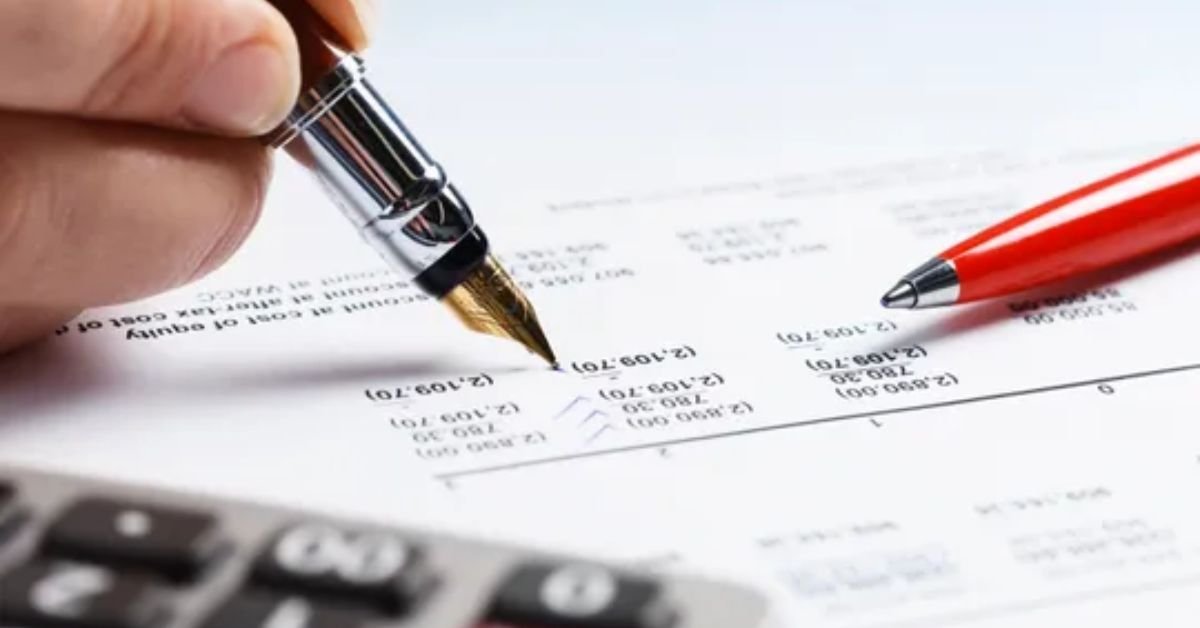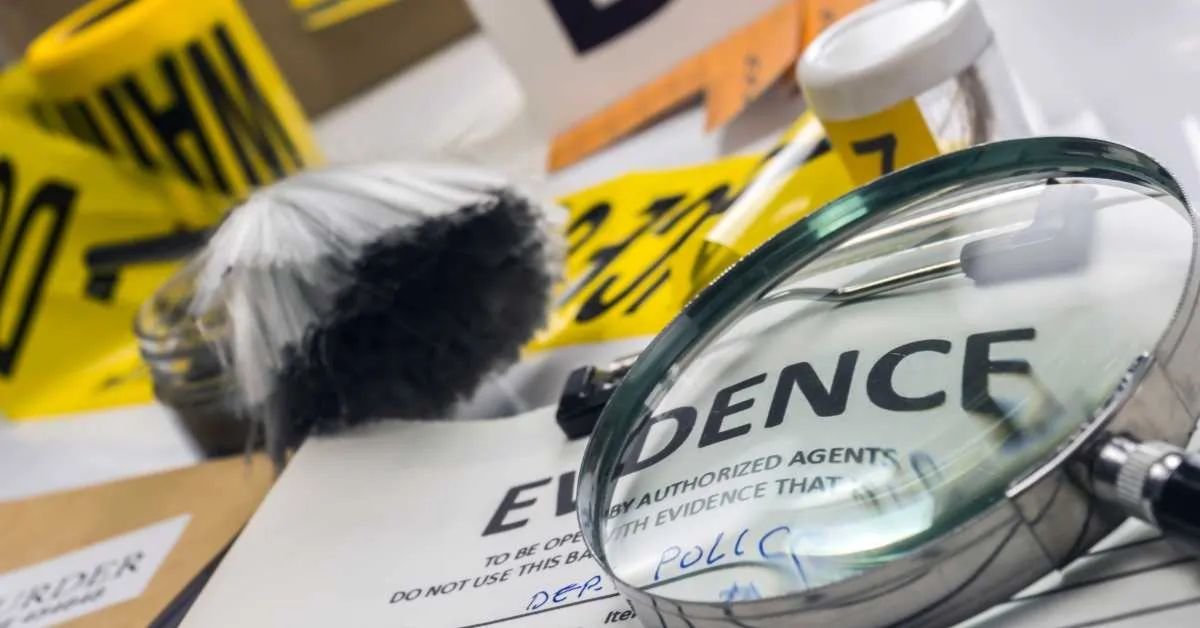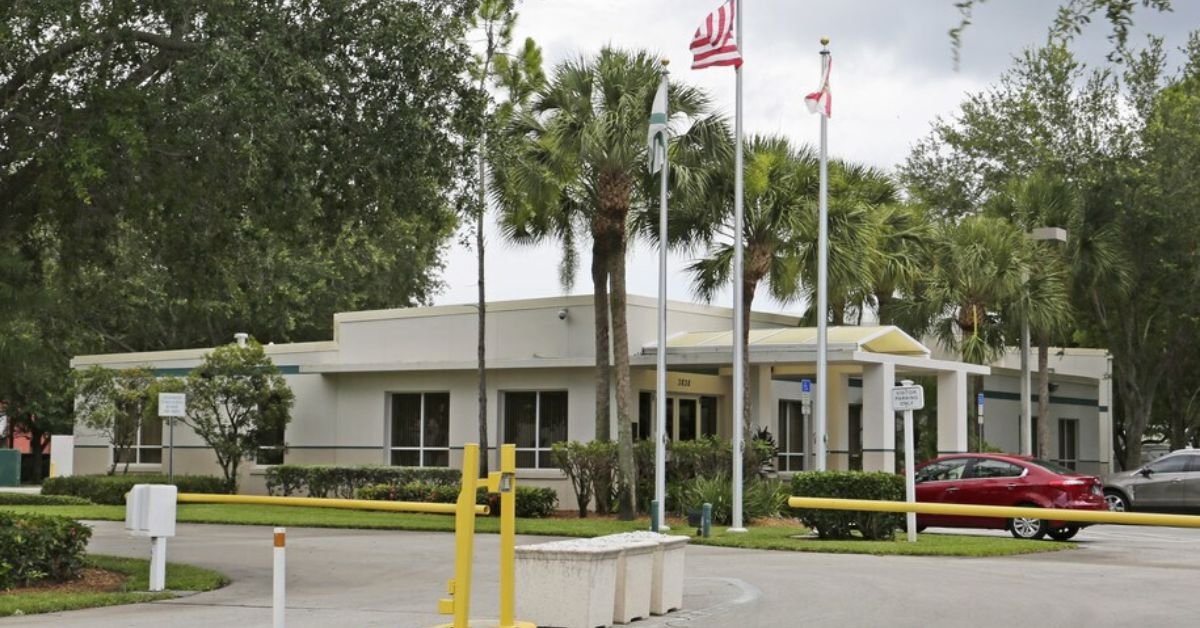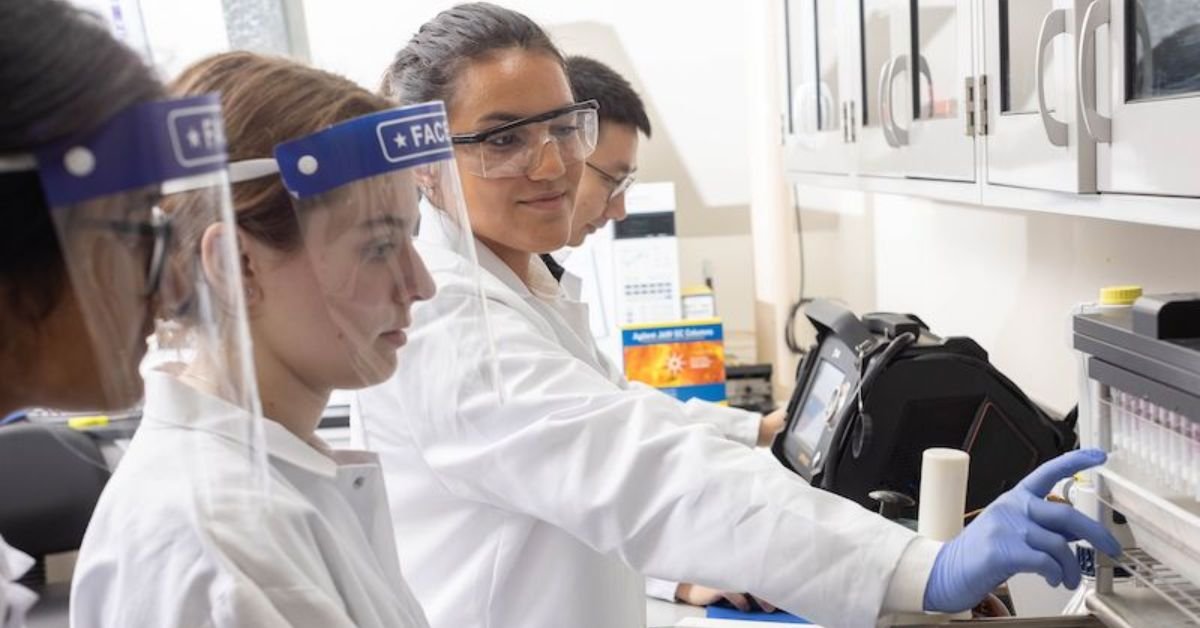Florida’s medical examiner system is essential to the state’s criminal justice process, ensuring that deaths under suspicious, unexplained, or violent circumstances are thoroughly investigated. Medical examiners are responsible for determining the cause and manner of death, particularly in cases of homicides, suicides, accidents, and other types of unexplained fatalities. The procedures and laws governing medical examiners in Florida are designed to maintain high standards of professionalism, consistency, and fairness in death investigations.
This article outlines the key medical examiner law procedures in Florida, highlighting the legal framework, roles, responsibilities, and specific procedures followed by medical examiners in the state.
Overview of Florida Medical Examiner Procedures
In Florida, medical examiner procedures are guided by the Florida Statutes, particularly Chapter 406 (which outlines the responsibilities and authority of medical examiners) and the Florida Medical Examiners Commission (FMEC), which provides oversight and standards for medical examiner offices throughout the state. These laws and regulations ensure that the investigations are scientifically sound and legally valid.
Florida’s medical examiner offices operate in each of the state’s 67 counties, and there are 11 medical examiner districts organized to cover these counties. Each district’s office is responsible for conducting death investigations within its jurisdiction. The office is typically led by a Chief Medical Examiner and staffed by forensic pathologists, toxicologists, forensic investigators, and support staff.
Key Medical Examiner Law Procedures in Florida
1. Death Scene Investigation
Under Florida law, a medical examiner’s office must investigate any death that falls under specific categories, including suspicious deaths, homicides, suicides, accidental deaths, and certain natural deaths. The medical examiner office’s investigation procedure begins immediately after law enforcement is notified.
Key Procedures:
- Notification: Once law enforcement determines that a death requires investigation, they notify the medical examiner’s office. In cases of suspicious deaths, law enforcement officers and forensic investigators work together to collect evidence from the death scene.
- Scene Processing: Forensic investigators from the medical examiner’s office work with law enforcement to secure the scene, document the environment, and gather physical evidence. This may include photographs, blood samples, clothing, firearms, and other materials.
- Investigation: Medical examiners or forensic pathologists may conduct interviews with witnesses and review available medical records to understand the context of the death.
2. Autopsies and Post-Mortem Examinations
The autopsy is a critical procedure in Florida’s medical examiner system. The forensic pathologist conducts the autopsy to determine the cause and manner of death, which is essential in criminal cases and can provide crucial information for law enforcement and the legal system.
Key Procedures:
- External Examination: The body is carefully examined for signs of injury, trauma, or disease that could explain the cause of death.
- Internal Examination: The forensic pathologist conducts an internal examination, analyzing organs, tissues, and biological samples. Toxicology tests, including blood tests, are often ordered to check for drugs, alcohol, or poisons.
- Cause and Manner of Death: After reviewing the autopsy findings, the forensic pathologist determines the cause of death (e.g., heart attack, gunshot wound, drug overdose) and the manner of death (e.g., natural, accidental, homicide, suicide, or undetermined). The findings from the autopsy and analysis are documented in an official autopsy report.
3. Toxicology Testing
Toxicology testing plays a significant role in many death investigations, particularly in cases involving suspected drug overdoses, poisonings, or alcohol-related deaths. Florida law requires that biological samples from the deceased, such as blood, urine, or tissue, be tested for the presence of substances that may have contributed to the cause of death.
Key Procedures:
- Sample Collection: Blood, urine, and other bodily fluids or tissues are collected during the autopsy for toxicology analysis.
- Analysis: The samples are sent to forensic toxicology labs where they are tested for drugs, alcohol, and poisons. The results of the toxicology analysis help determine whether substances played a role in the death.
- Reporting: Toxicology reports are included in the final autopsy report and may be used to inform further investigations or to provide evidence in court.
4. Chain of Custody
Maintaining the chain of custody for evidence is one of the most critical procedures in Florida’s medical examiner law. Chain of custody refers to the documentation of the evidence’s handling from the moment it is collected to the time it is presented in court.
Key Procedures:
- Documentation: Every piece of evidence, including biological samples, clothing, weapons, and other physical evidence, must be carefully documented and tracked.
- Evidence Handling: Proper handling and storage procedures must be followed to prevent contamination, tampering, or loss of evidence.
- Reporting: The chain of custody is recorded in official documentation, ensuring that the evidence remains admissible in court.
5. Reporting and Legal Documentation
Once the investigation, autopsy, and toxicology tests are complete, the medical examiner prepares an official report detailing the findings of the investigation. This report serves as the primary document in death investigations and can play a significant role in legal proceedings.
Key Procedures:
- Autopsy Report: The forensic pathologist prepares a detailed autopsy report that includes the cause and manner of death, findings from the autopsy, toxicology results, and any other relevant information.
- Testimony: Medical examiners or forensic pathologists may be required to testify in court regarding the findings of the investigation. They may explain the autopsy procedure, the evidence, and the conclusions drawn regarding the cause and manner of death.
6. Handling of Unidentified Bodies
In cases where the identity of the deceased is unknown, Florida law requires the Medical Examiner’s Office to take additional steps to identify the body.
Key Procedures:
- Forensic Odontology: Forensic odontologists may be called to identify the deceased based on dental records or other identifying features.
- DNA Analysis: DNA testing may be used to establish the identity of the deceased if other methods are not successful.
- Public Identification: In certain cases, law enforcement may use media outlets or public outreach efforts to help identify the deceased.
7. Post-Conviction Review and Evidence Preservation
Florida law mandates that certain evidence, including biological samples, must be preserved for potential post-conviction review. This is important in cases where DNA evidence or other forensic findings may exonerate an individual who was wrongfully convicted.
Key Procedures:
- Evidence Retention: Biological evidence, such as DNA samples, must be preserved according to state law for a set period, allowing for post-conviction testing if new evidence or technology becomes available.
- Post-Conviction Testing: If a convicted individual requests post-conviction testing of preserved evidence, the medical examiner’s office is responsible for ensuring that the evidence is available for retesting.
Conclusion
The procedures governing medical examiners in Florida are designed to ensure that death investigations are thorough, scientifically valid, and legally compliant. These procedures, from the initial death scene investigation to the final autopsy report, are crucial for providing clarity in cases involving suspicious or unexplained deaths. By adhering to established laws and protocols, Florida’s medical examiner system plays a critical role in the state’s criminal justice system, ensuring that the truth is uncovered and justice is served.
References
- Florida Statutes Chapter 406 – Medical Examiner Protocols: https://www.leg.state.fl.us
- Florida Medical Examiners Commission (FMEC) – Standards and Guidelines: https://www.floridahealth.gov
- U.S. Department of Justice – Forensic Science Guidelines: https://www.justice.gov












